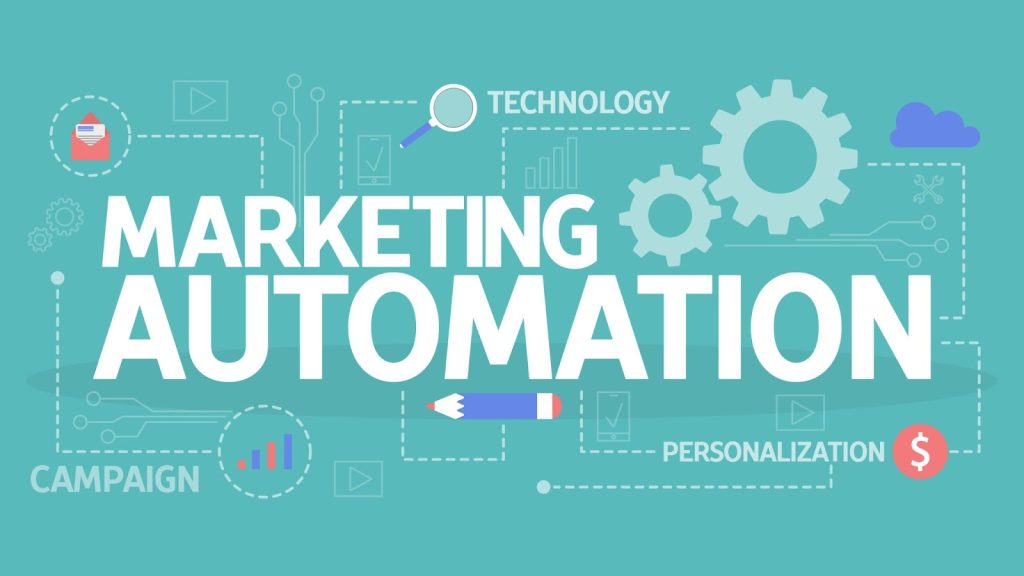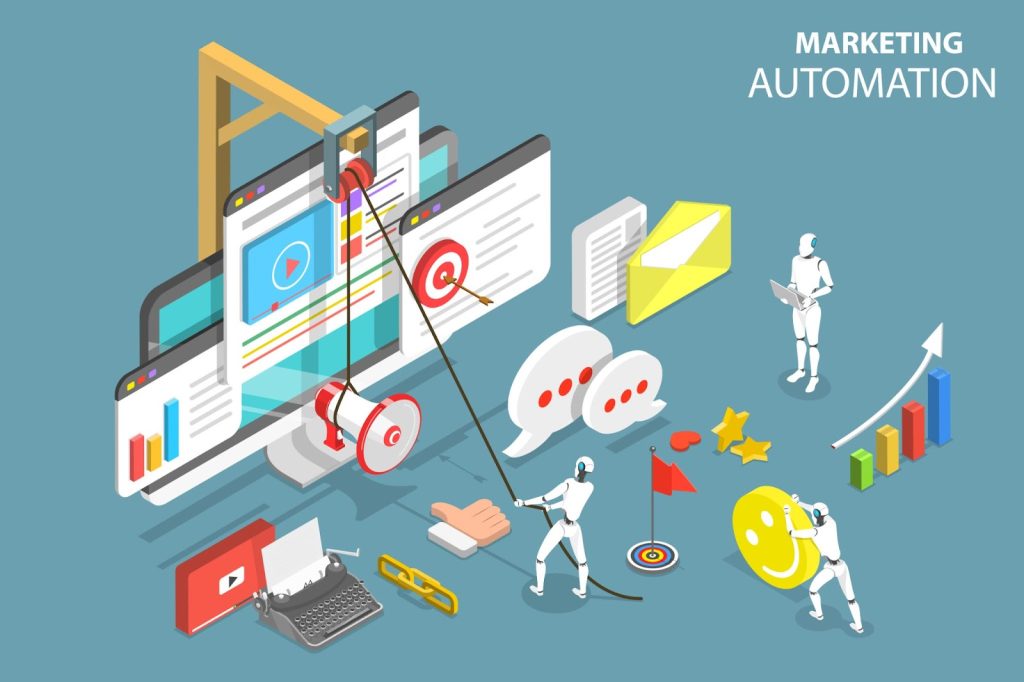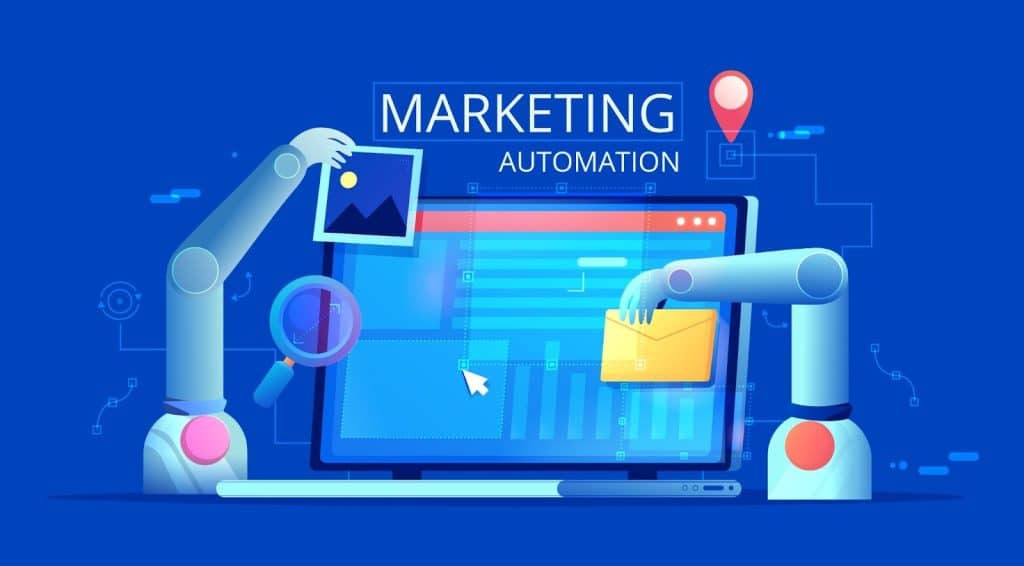Lead nurturing in marketing automation is all about building relationships with potential customers through personalized, timely content. This approach keeps leads engaged and guides them through the sales funnel, making them more likely to convert.
Nurturing leads is crucial for turning prospects into loyal customers. Consistent, relevant interactions keep your brand top-of-mind, increasing the chances of conversion and driving higher revenue.
In this blog, we’ll cover best practices for effective lead nurturing using marketing automation. Learn how to understand your audience and create buyer personas, craft valuable content for each stage of the buyer’s journey, and use email marketing to create engaging sequences.
We’ll also discuss lead scoring, segmentation, social media engagement, automating follow-ups, and analyzing lead behavior to optimize your strategies. By the end, you’ll have the tools to effectively nurture leads and boost your conversion rates.
Understanding your audience
Knowing your potential customers allows you to tailor your messaging to their needs and preferences, fostering trust and engagement that helps move leads smoothly through your marketing funnel.
Creating detailed buyer personas is essential for this. Gather data through surveys, interviews, and market research to understand demographics, behaviors, motivations, and challenges.
For example, if your product targets small business owners, identify their specific problems, current tools, and purchasing influences. Use this information to craft personas that represent your ideal customers, complete with names, backgrounds, and personality traits.
Segmenting your audience is equally important. Since not all leads are the same, a one-size-fits-all approach won’t work. Leads in the awareness stage might benefit from educational content, while those in the decision stage need detailed product comparisons or customer testimonials.
Effective segmentation ensures each group receives the most relevant information, enhancing your marketing efforts and turning potential customers into loyal brand advocates.

Creating valuable content
- Content is the lifeblood of lead nurturing. It engages your audience and provides the information they need to progress through your marketing funnel. It educates, builds trust, and guides leads toward informed decisions.
Craft engaging content for various stages of the funnel. In the awareness stage, attract attention with blog posts, infographics, and social media updates that address industry challenges. In the consideration stage, offer detailed content like whitepapers, case studies, and webinars to capture interest.
Finally, in the decision stage, use product demos, customer testimonials, and comparison guides to persuade and reassure leads.
Personalizing content to meet specific lead needs enhances your nurturing efforts. Use data from your buyer personas and segmentation to tailor your messaging. Highlight ROI in case studies for cost-conscious segments, or focus on your latest innovations for those valuing cutting-edge solutions.
Personalization shows you understand your leads’ unique challenges and are committed to addressing them, significantly boosting engagement and conversion rates.
Utilizing email marketing effectively
Email marketing is crucial for lead nurturing, providing a direct and personal way to communicate with your audience. It guides leads through their buyer journey with timely and relevant content, enhancing engagement, building trust, and driving conversions.
Craft engaging email sequences with compelling subject lines that grab attention. Follow up with clear, concise content that addresses specific needs and pain points, and include strong calls to action. Ensure your emails are visually appealing and mobile-friendly, as many people check emails on their phones.
Personalizing email content is essential for deeper connections. To this end, use data about your leads’ behavior, preferences, and demographics to tailor messages.
Segment your email list based on criteria like industry, job role, or stage in the buyer journey to deliver targeted content. New subscribers might receive a welcome series, while those interested in a specific product might get detailed information about that product’s benefits.
Effective email marketing nurtures leads with precision, guiding them smoothly through the buyer journey and fostering strong, lasting relationships.
Implementing lead scoring and segmentation
Lead scoring and segmentation are essential for optimizing your marketing automation funnel. By evaluating and categorizing leads based on their behavior and engagement, you tailor your approach to meet their specific needs and readiness to buy.
Lead scoring assigns values to leads based on their interactions with your brand, helping prioritize those most likely to convert. Track actions like email opens, link clicks, website visits, and social media engagement, assigning points based on their significance.
For example, downloading a whitepaper might be worth more points than opening an email. Higher scores indicate leads closer to making a purchase.
Define key actions and behaviors indicating interest and intent. Use historical data to identify which activities typically precede a purchase. Assign points accordingly, ensuring the most impactful behaviors receive higher scores.
Update these scores regularly to reflect changes in lead activity. Marketing automation tools streamline this process by automatically updating scores as leads interact with your content.
Segment leads based on their scores for more targeted communication. High-scoring leads who are closer to making a purchase should receive content that nudges them toward a decision, such as detailed product information, case studies, or special offers. Leads with lower scores, still in the awareness or consideration stages, might benefit from educational content addressing their pain points and building trust in your brand.
Implementing lead scoring and segmentation ensures each lead receives the right message at the right time, enhancing your marketing efforts’ overall effectiveness. This strategic approach improves conversion rates and builds stronger relationships with your audience by providing relevant and timely information tailored to their specific journey through the sales funnel.

Leveraging social media engagement
Social media marketing plays a pivotal role in nurturing leads, offering unique opportunities to engage with potential customers on platforms they frequently use. By actively participating in social media, you build relationships, foster trust, and guide leads through your marketing funnel.
Understanding social media’s importance in lead nurturing starts with recognizing its vast reach and influence. Platforms like Facebook, LinkedIn, Twitter, and Instagram provide spaces where leads can interact with your brand in real time. These interactions help nurture relationships through timely responses, valuable content sharing, and demonstrating your brand’s personality and values.
Tailor your strategies to each platform’s strengths and audience preferences.
LinkedIn:
- Share industry insights.
- Highlight professional achievements.
- Post thought leadership articles.
- Engage a business-oriented audience.
Twitter:
- Provide quick updates.
- Interact with customer service inquiries.
- Participate in trending conversations.
Instagram:
- Use creative storytelling through images, videos, and infographics.
- Showcase your brand’s human side.
- Highlight product features and benefits.
Implement targeted ad campaigns on these platforms to reach specific audience segments. Use detailed targeting options to ensure your ads reach those most likely to be interested in your offerings.
Actively engage with your audience by responding to comments, participating in discussions, and encouraging user-generated content. This increases visibility and fosters a sense of community around your brand.
Utilize social media data to refine your lead nurturing tactics. Monitor engagement metrics like likes, shares, comments, and click-through rates to understand what content resonates most.
Analyze demographic information and user behavior to gain insights into your leads’ preferences and pain points. Adjust your content strategy based on these insights to consistently deliver value and relevance.
Automating follow-up actions
Automating follow-ups ensures consistent communication, keeping leads engaged and moving through the funnel. Automation sends follow-up messages based on predefined triggers and schedules, preventing any leads from being overlooked. This consistency builds trust and reinforces your brand’s presence in leads’ minds.
Automation also allows for personalization at scale. Using data and behavioral insights, you tailor messages to address specific needs, creating a more personalized experience for each lead. This targeted approach increases conversion likelihood, as leads receive relevant content and offers.
Platforms like HubSpot, Marketo, and ActiveCampaign offer features for creating automated workflows. These tools enable you to set up triggers based on lead behavior, such as email opens, link clicks, or form submissions. You can design workflows that send follow-up emails, assign tasks to sales reps, or move leads to different funnel stages.
For example, if a lead downloads a whitepaper from your website, an automated workflow sends a thank-you email with additional resources related to the whitepaper’s topic. A few days later, another email invites the lead to a webinar on the same subject.
If the lead attends the webinar, the system schedules a personalized follow-up call from a sales representative. This sequence ensures continuous engagement without manual intervention, nurturing the lead toward a purchase decision.
Another example is abandoned cart emails for e-commerce businesses. When a customer adds items to their cart but doesn’t complete the purchase, an automated workflow triggers follow-up emails reminding them of the items, offering a discount, or providing reviews to encourage the purchase.
Implementing automated follow-up actions enhances your lead nurturing efforts’ efficiency and effectiveness. These workflows ensure timely, relevant communication, building stronger relationships with leads and increasing conversion likelihood. Embrace automation to elevate your marketing strategy and drive better results.
Monitoring and analyzing lead behavior
Tracking lead interactions and behaviors is essential for understanding how leads engage with your brand and their position in the buyer’s journey. Monitoring these behaviors provides valuable insights to tailor your lead nurturing strategies for maximum effectiveness.
Every interaction a lead has with your brand — visiting your website, downloading content, or engaging with emails — offers crucial data points. These interactions reveal their interests, needs, and readiness to move further down the sales funnel. Without this insight, your marketing efforts may miss the mark, leading to lost opportunities and lower conversion rates.
Use the right tools and metrics to monitor lead activity effectively. The marketing automation platforms mentioned in the previous section offer robust tracking capabilities, capturing data points such as email open rates, click-through rates, website visits, and content downloads.
Integrating CRM systems like Salesforce with these platforms provides a comprehensive view of lead behaviors across different touchpoints.
Key metrics to focus on include
- Engagement scores: Aggregate different interactions into a single metric reflecting a lead’s overall engagement level.
- Conversion rates: Measure how well your content and nurturing efforts move leads toward a purchase decision at different stages of the funnel.
- Time spent on site: Track the duration leads spend on your website to gauge their interest.
- Pages visited: Monitor which pages leads visit to understand their interests and needs.
- Content consumed: Analyze what content resonates most with your audience by tracking which pieces are accessed and engaged with the most.
Use the data gathered from these tools to make informed adjustments to your lead nurturing strategies. For instance, if leads frequently drop off after visiting a particular page, optimize that page for better user experience or more compelling calls to action. If a specific type of content consistently performs well, create more of it to keep leads engaged.
Data-driven adjustments refine your approach and ensure your strategies align with your leads’ needs and preferences. Regularly analyzing lead behavior helps you identify patterns and trends, optimizing your content, timing, and messaging. This continuous improvement process ensures your lead nurturing efforts remain effective and relevant.
Stay attentive to your leads’ interactions and adapt your approach based on the data to ensure your marketing efforts always hit the mark.

Personalizing the customer journey
Creating a personalized customer journey is key to making leads feel valued and understood, enhancing engagement, and guiding them effectively through the sales funnel.
Start by segmenting your audience using detailed buyer personas and behavioral data. Track interactions with marketing automation tools to gather insights about each lead’s preferences. Tailor your messaging to resonate with individual needs. For example, if a lead shows interest in a specific product, send them related content, success stories, or special offers.
Dynamic content adapts based on who is viewing it, allowing you to present the most relevant information to each lead, making your communications more engaging and personalized.
Personalized marketing automation enhances the customer experience by providing tailored content, increasing engagement, and boosting conversion rates. Personalized interactions build stronger relationships and trust, as leads feel your brand understands their unique needs. Personalization also helps you stand out from competitors by offering a bespoke and attentive experience.
Consider a software company that personalized email campaigns based on user behavior. They identified leads interested in specific features and tailored their emails to highlight these features, resulting in higher engagement and conversion rates.
Another example is an e-commerce brand that used personalized product recommendations in their email marketing, boosting click-through rates and average order value by leveraging data on past purchases and browsing history.
Testing and optimization
Continuous testing is essential for effective lead nurturing, allowing you to refine strategies, boost engagement, and maximize conversions. Without regular testing, your efforts may stagnate, missing opportunities to better connect with your audience.
A/B testing is a highly effective method for refining emails and content. By comparing two versions of an element, like an email subject line, call-to-action, or landing page design, you easily see which resonates more with your audience.
For instance, testing different email subject lines can reveal which generates higher open rates, while comparing content formats like videos versus infographics can show which drives more engagement.
To start A/B testing, pinpoint key elements to test and set clear, measurable goals. Ensure your sample size is large enough for statistical significance. Carefully analyze results, considering both quantitative data (like open rates) and qualitative feedback (like user comments).
Optimizing your marketing funnel based on these results involves continuous testing, analysis, and refinement. Use insights to make data-driven decisions. If a certain email subject line consistently outperforms others, use similar language and tone in future campaigns. If a specific content type drives more conversions, produce more of it.
Regularly monitor your lead nurturing efforts with analytics tools. Track metrics like conversion rates, engagement levels, and lead progression. Identify patterns and trends to understand what works and what doesn’t. Adjust strategies as needed and be open to experimenting with new approaches based on your findings.
For example, if leads drop off at a particular funnel stage, investigate why. It could be unengaging content or a weak call to action. By identifying and addressing these issues, you can optimize the funnel to keep leads moving smoothly toward conversion.

Get results with Revity
At Revity Marketing Agency, we specialize in helping businesses refine their marketing automation strategies to achieve optimal results.
Our team of experts is dedicated to providing tailored solutions that address your unique challenges and goals. With our proven track record of success, we will help you navigate the complexities of lead nurturing and maximize the impact of your marketing efforts.
Don’t let your lead nurturing potential go untapped. Partner with Revity Marketing Agency to elevate your marketing automation and drive meaningful growth for your business. Contact Revity today to learn more about our services and how we are ready to support your journey to success.






